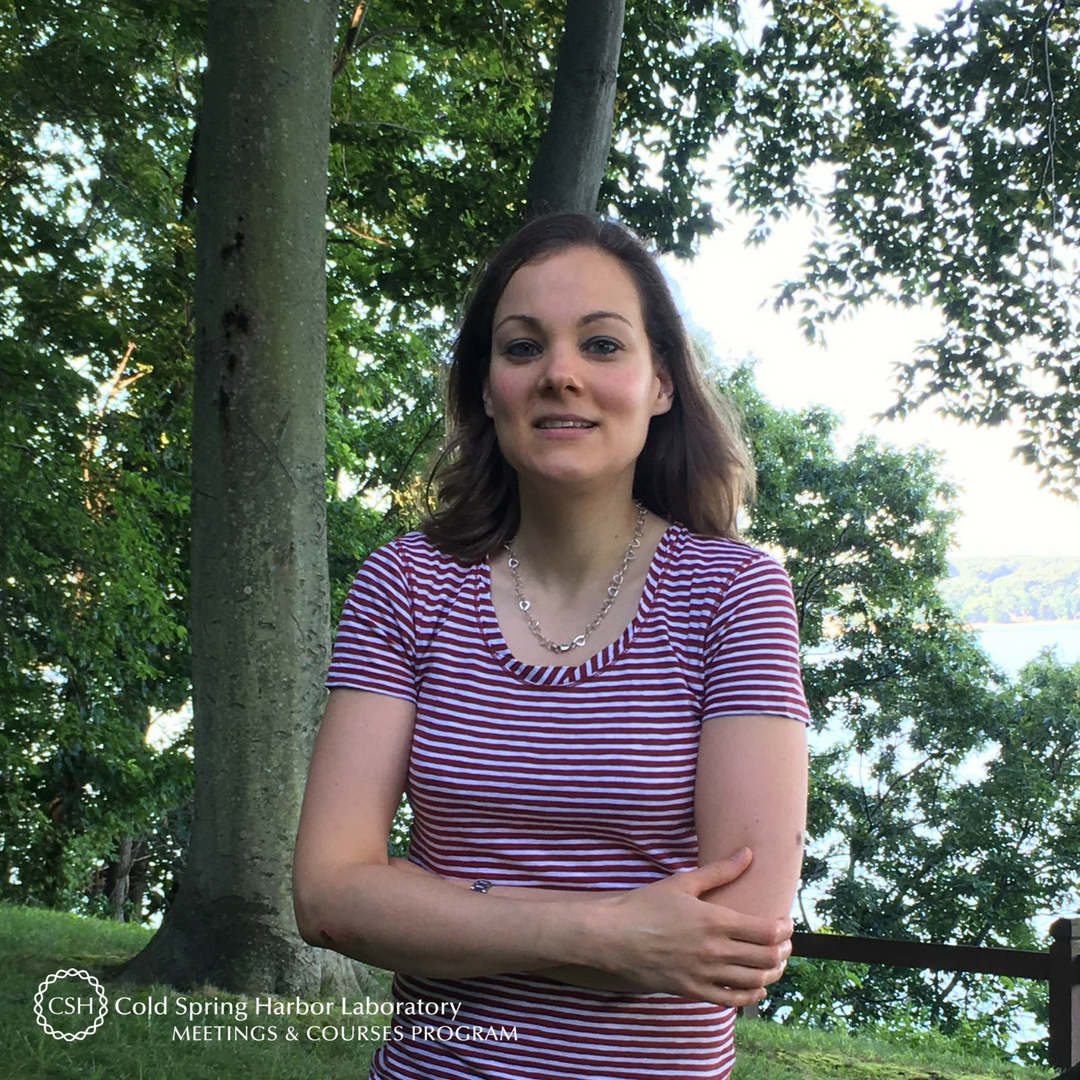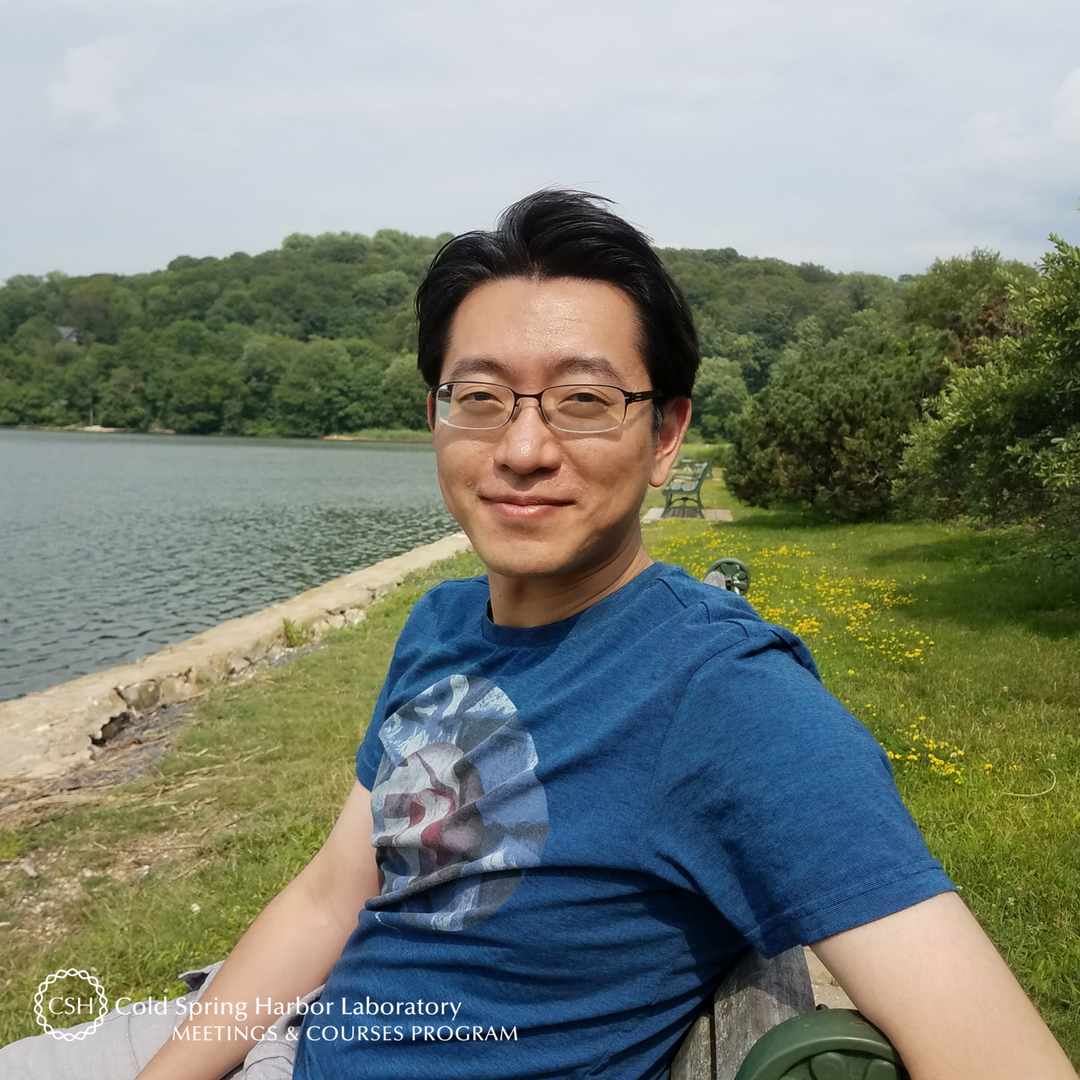Meet Leandro Watanabe of the University of Utah. The Brazilian national is a PhD student in Myers Research Group within the Department of Electrical and Computer Engineering, and is on campus for the Synthetic Biology course.
What are your research interests? What are you working on?
My research interests consist of applying computer engineering principles to synthetic biology. Currently, I am working on model standards and simulation methods for biological models to facilitate the model-based design of genetic circuits.
Was there something specific about the Synthetic Biology course that drew you to apply?
Absolutely! Since I am developing computational tools for synthetic biology, it is important to understand what goes on in the lab. However, as a computer, I have never had the opportunity to do lab experiments. Therefore, this course is enabling me to better understand the lab part of my work.
What is your key takeaway from the Course?
The diversity of the synthetic biology field is amazing, and hearing of how people are drawn into the field is always very entertaining.
If someone curious in attending a future iteration of the Synthetic Biology course asked you for feedback or advice on it, what would you tell him/her?
There are so many reasons to attend the course! Regardless of field or level of experience with a particular skill, I strongly encourage people to apply because this course has a nice learning environment with highly-competent instructors and teaching assistants. Also, the students have different expertise and readily share their knowledge with those interested. In addition, throughout the course, we have seminars featuring top-notch scientists with major contributions to the synthetic biology field. Having the chance to learn of their work and to interact with them is phenomenal. As long as you are motivated, you will get a lot from this course.
What do you like most about your time at CSHL?
We have so much food. It is great!
Leandro received a financial support from The Helmsley Charitable Trust. On behalf of Leandro, thank you to The Helmsley Charitable Trust for supporting and enabling young scientists to attend a CSHL course where they expend their skills, knowledge, and network.
Thank you to Leandro for being this week's featured visitor. To meet other featured scientists - and discover the wide range of science that takes part in a CSHL meeting or course – go here.







